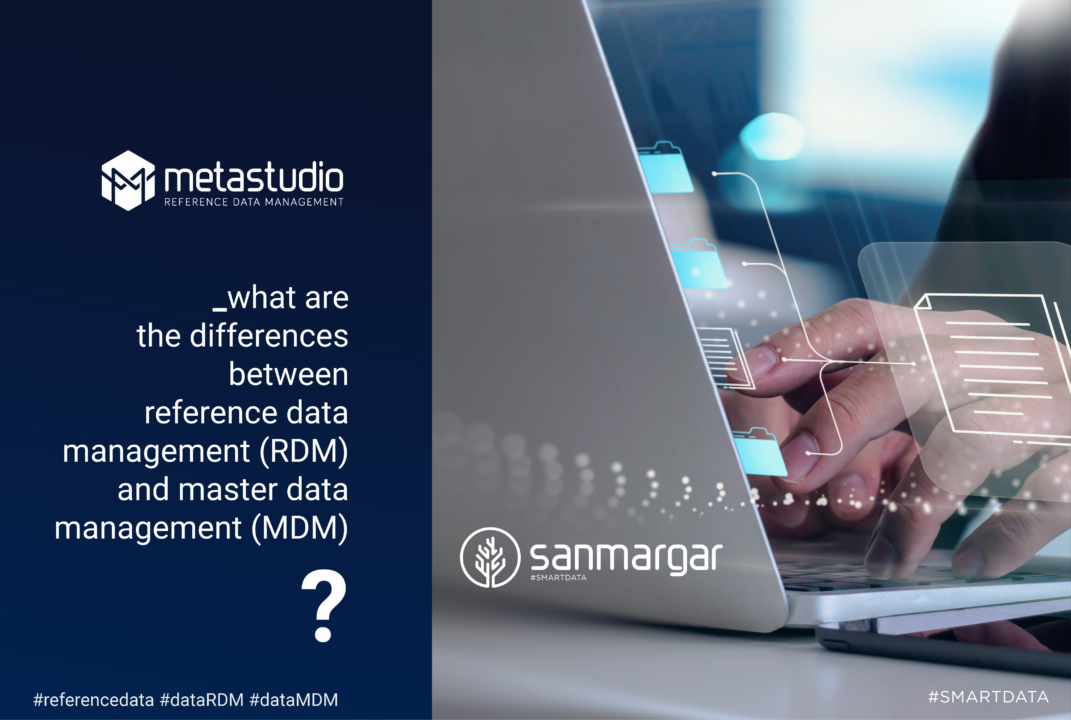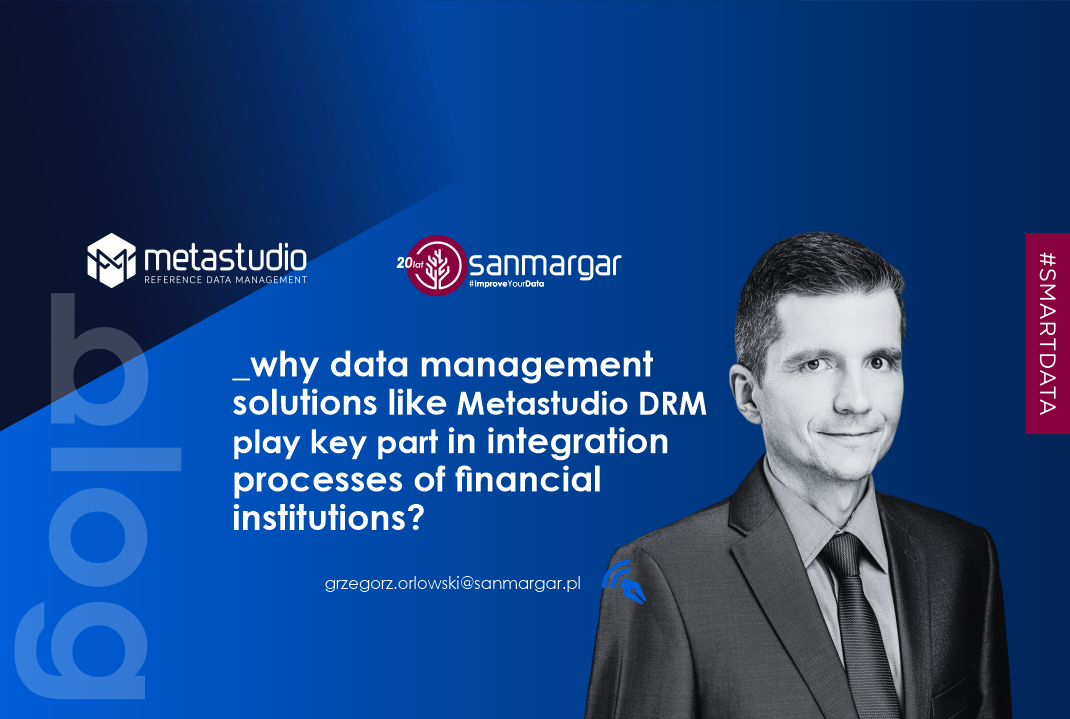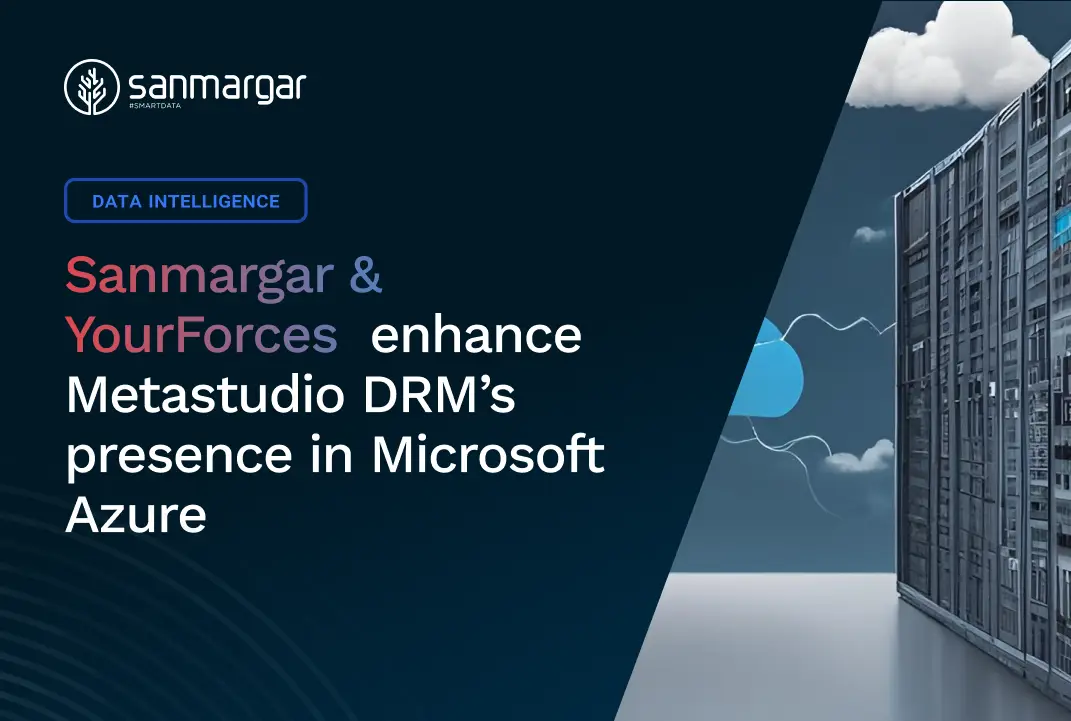From my experience, a significant group of people does not differentiate between Reference Data Management (RDM) and Master Data Management (MDM). This is probably because Master Data Management solutions include tools for managing reference data. As a result, solutions architecture may have unnecessary complications where reference data management is more important than master data management. Let’s take a closer look at the differences between them. Reference Data Management (RDM) is the process of managing data that is used to classify or categorize other data. The goal of this type of management is to ensure:
- Unambiguity: reference data should be unambiguous;
- Interoperability: reference data should be common to many systems and applications;
- Consistency: reference data should be consistent across all systems and applications;
- Ease of updating: reference data should be easy to update and modify if necessary.
Reference Data Management (RDM) focuses on types of data that are commonly used by multiple systems and applications in a company. They serve as a reference point for other data and help in standardizing and organizing information. Some types of reference data include:
- Catalog data – information about products, services, and other items offered by the company.
- Geographical data – information about locations such as addresses, postal codes, country, and region.
- Classification data – information about categories, groups, and types of products, services, and other items.
- Organizational unit data – information about departments, branches, and other organizational units within the company.
- Demographic data – information about customers, employees, and other stakeholder groups such as age, gender, address, and others.
Business Benefits of Reference Data Management:
- Standardization and uniformity of information to ensure consistency and compatibility across all systems and applications in the company.
- Improved quality and accuracy of information to drive informed business decisions and operational efficiency.
- Increased efficiency and automation of business processes, such as invoicing, ordering, and more.
- Enhanced trust in information to increase credibility and effectiveness of business decisions.
- Improved analytics and reporting capabilities to provide better understanding and visualization of data.
Master Data Management (MDM) is the management of information about products, customers, business partners, and other critical areas of business activity. The specific characteristics of this type of management include:
- Unique identifier: they should have a unique identifier to enable them to be unambiguously identified.
- Integrity: they should be integrated and unchangeable to ensure the accuracy and reliability of information.
- Accessibility: they should be accessible in multiple systems and applications, allowing them to be used for different purposes.
- Ease of update: they should be easy to update and change if necessary.
MDM focuses on managing critical and strategic information, such as:
- customer information (e.g. names, addresses, phone numbers),
- product information (e.g. names, codes, descriptions),
- vendor information (e.g. names, addresses, phone numbers),
- location information (e.g. addresses, phone numbers).
The primary objective of managing master data is to maintain a consistent, reliable, and up-to-date representation of that information throughout the organization, which contributes to:
- Improved operational efficiency by ensuring the consistency and uniformity of information across all departments, allowing for streamlining of business processes.
- Better business decisions as the reliability and currency of information is ensured, enabling more informed and effective business decisions.
As seen, both types of data management focus on ensuring clarity, quality, and consistency of data, but they focus on different types of data and business objectives. They are interrelated and complement each other. Reference data is used to classify and categorize master data, e.g. country code is part of reference data, while information about a customer’s first name, last name, and address constitutes master data. Effective management of reference and master data enables maintaining the clarity, quality, and consistency of data throughout the IT system, allowing for more informed business decisions. In theory, one could manage master data without reference data, however, this is difficult and may lead to serious quality problems.
The conclusion is simple – managing both types of data is recommended, but one can also manage only reference data without issue. Reference data will play its role in improving the quality of data in various IT systems.




